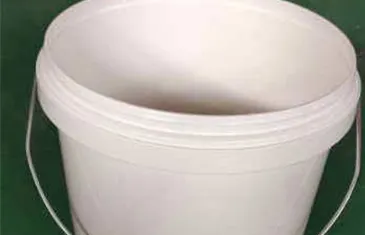-
 Phone:
Phone: -
 Email:
Email:

rebar tie wire
The Importance of Rebar Tie Wire in Construction
In the world of construction, ensuring the integrity and stability of structures is paramount. One critical component that plays a vital role in this process is rebar tie wire. This seemingly simple product is essential for reinforcing concrete, providing the necessary support that allows buildings, bridges, and various infrastructures to withstand immense loads and environmental stresses.
What is Rebar Tie Wire?
Rebar tie wire is a type of wire used to securely hold and bind reinforcing bars (rebar) together before concrete is poured. Typically made from low carbon steel, this wire is designed to be both strong and flexible, allowing for easy manipulation and installation. The choice of materials ensures that the wire can endure the conditions often encountered on construction sites without compromising its integrity.
Key Functions of Rebar Tie Wire
1. Stability and Support The primary function of rebar tie wire is to maintain the proper position of rebar within a concrete form. When concrete is poured, it exerts significant pressure, and any movement of the rebar can lead to weak spots in the final structure. Tie wire ensures that the rebar remains in place, maintaining the structural integrity of the concrete once it hardens.
2. Load Distribution Reinforced concrete is designed to distribute loads evenly, and the placement of rebar is crucial for achieving this. The tie wire holds the rebar in the correct configuration, ensuring it can effectively carry tensile loads. This is especially important in elements subject to bending, such as beams and slabs.
3. Facilitating Installation Construction projects are often racing against time, and any delays can lead to increased costs. Rebar tie wire speeds up the installation process as it simplifies the binding of rebar. Workers can quickly twist and secure the rebar into the desired position, allowing for a more efficient workflow.
rebar tie wire

4. Flexibility in Design Rebar tie wire comes in various gauges and lengths, allowing for great flexibility in design. This adaptability is crucial when dealing with different types of construction projects, ranging from residential buildings to large infrastructure developments.
Types of Rebar Tie Wire
There are several types of rebar tie wire, each suited for specific applications
- Annealed Tie Wire This is the most common type used in construction. It is soft, flexible, and easy to twist, making it ideal for connecting rebar in tight spaces.
- Black Tie Wire Often used for general construction applications, this wire has been treated to improve its strength and rust resistance.
- Galvanized Tie Wire Ideal for projects where moisture is a concern, galvanized tie wire offers increased corrosion resistance, prolonging its lifespan and maintaining the integrity of the structure over time.
Conclusion
Although it may seem like a minor detail in the grand scheme of a construction project, rebar tie wire is, in fact, a critical component in ensuring the safety and longevity of concrete structures. Its role in stabilizing rebar, distributing loads, and facilitating quick installations cannot be overstated. As the construction industry continues to evolve with new materials and technologies, the fundamental need for reliable support systems like rebar tie wire remains unchanged. By understanding the importance of this essential tool, construction professionals can continue to build strong, enduring structures that stand the test of time. Whether you are a seasoned contractor or a novice in the industry, recognizing the value of rebar tie wire is crucial for the successful completion of any construction project.
-
Wire Mesh for Every Need: A Practical SolutionNewsJul.25,2025
-
Steel Fences: Durable, Secure, and Stylish OptionsNewsJul.25,2025
-
Roll Top Fencing: A Smart Solution for Safety and SecurityNewsJul.25,2025
-
Cattle Farm Fencing Solutions for Maximum SecurityNewsJul.25,2025
-
Affordable Iron Binding Wire SolutionsNewsJul.25,2025
-
Affordable Galvanized Wire SolutionsNewsJul.25,2025
-
Wire Hanger Recycling IdeasNewsJul.25,2025








